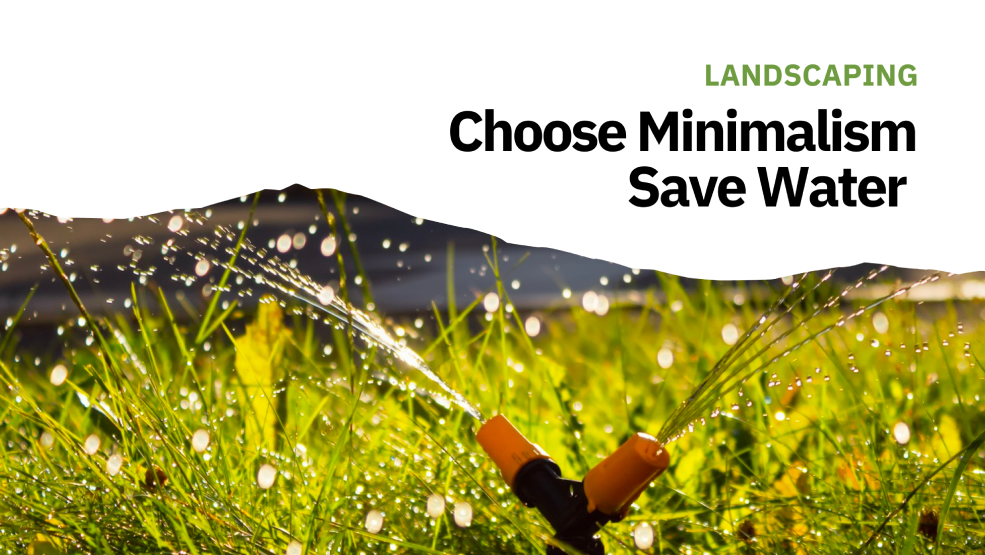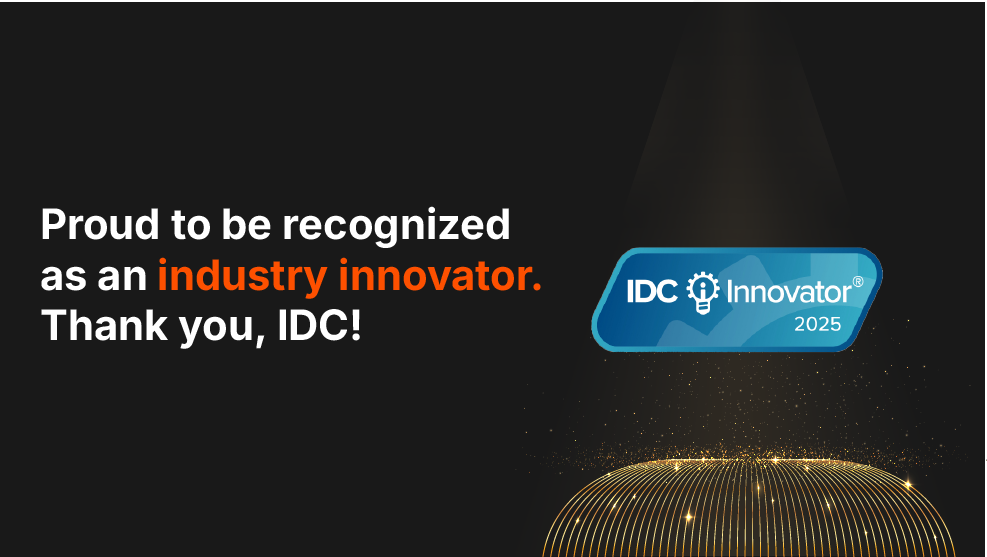Well thought out irrigation in landscaping should be an essential part of your gardening blueprint. Inefficient irrigation systems lead to overwatering, runoff, and excessive water usage. It is like a snowball effect! Overwatering leads to soil erosion, pollution from fertilizers, and ultimately costly bills. In this article, we will cover how to improve your landscaping by carefully considering your irrigation plans and water conservation practices.
Steps to practice smart irrigation in landscaping
1. Choosing water-efficient plants
When selecting plants, consider what suits your garden’s character. Local plants are adapted to their climate. Having grown in the area for generations, they are accustomed to weather patterns and more likely to thrive. Some plants excel in drought conditions, demonstrating resilience even when water is scarce. Create a cooperative environment by selecting plants that have similar watering requirements. Envision your garden as a team, with each member playing its role, fostering a practical atmosphere that conserves water effortlessly.
2. Have a sustainable landscape design
Designing your landscape is like composing a symphony – it should flow seamlessly. Group plants based on their water preferences, allowing them to complement each other harmoniously. Free your yard from excessive grass, providing other elements a chance to shine. Swales and rain gardens function as practical elements, capturing raindrops and transforming your landscape into a functional setting. It is not merely about aesthetics; it is about creating a space that is water-efficient, and establishing an environment that prioritizes practicality.
3. Safeguard by mulching
Mulching is like placing a protective cover over your garden—a practical choice. Adding mulch helps to retain moisture, supporting your soil and helping to provide a more fertile environment for plant growth. Weeds are unwelcomed guests, and properly mulching will help keep them in check. A mulch cover is not just for show—it protects the soil from the harshness of the sun and helps to prevent rapid water loss. Mulching is simple to include in your garden’s routine maintenance, keeping water-related concerns at bay.
4. Enhance soil health
For a healthy garden, your soil needs organic matter. The presence of organic matter provides your soil with the nutrients it needs, making it better at soaking up and holding onto water. It is not always about watering the plants, it is about creating a smart environment where water sticks around, and organic matter plays a crucial role in helping create a water-smart garden.
Smart irrigation methods
1. Drip irrigation: efficient watering at plant roots
Drip irrigation stands out for its water conservation approach, delivering water directly to plant roots through small tubes. This method minimizes water waste by avoiding unnecessary wetting of foliage, promoting both water efficiency and plant health.
2. Smart Sprinkler Systems
Smart sprinkler systems use real-time weather data to adjust watering schedules, creating a systematic approach to landscape irrigation. Dividing the garden into zones, each with specific water needs, these controllers use soil moisture sensors to adapt the watering routine. The focus is on practicality, responding to changing conditions, and conserving water resources effectively.
3. Automated irrigation systems
Automated irrigation systems offer the convenience of programmable schedules, allowing users to set watering times and durations. With remote control capabilities, users can manage watering routines from a smartphone, providing a practical solution for busy lifestyles. Integration with smart home systems adds another layer of accessibility, simplifying the irrigation process.
4. Irrigation controller features
Irrigation controllers come equipped with practical features such as rain delay to avoid overwatering during rainfall. Leak detection alerts users to potential water wastage, preventing unnecessary consumption. The cycle soak feature ensures water penetrates the soil deeply, supporting effective root nourishment. These functions prioritize efficiency and practicality in water management.
Implementing smart irrigation practices
Implementing well-thought-out irrigation practices involves a systematic approach to optimize water usage in your landscape. You should start with a water audit, a diagnostic assessment of your current water consumption that reveals opportunities for improvement. This assessment will help in identifying irrigation habits and water patterns. Auditing paves the way for a more efficient watering strategy.
Once armed with insights, the next step is choosing the right irrigation system. Consider features that align with your landscape’s unique needs, balancing it with your budget and any technical requirements.
After that, the installation and programming phase comes into play, where decisions need to be made regarding taking a do-it-yourself approach, or hiring professional help. Ensure that every component of the irrigation system is in sync and ready to deliver a water-saving masterpiece, setting the stage for optimal performance.
Once the system is in place, shift your focus to monitoring and adjusting the irrigation. Actively involve yourself in responding to weather forecasts and the specific needs of your plants. Implementing intelligent irrigation practices is an ongoing effort requiring precision, where you ensure that each droplet serves its purpose, creating a sustainable and thriving landscape.
Taking the next step
Smart irrigation methods, including drip systems and clever controllers, focus on using water wisely and making it easy. By blending technology with nature, these systems provide a smart and sustainable way to water your lawn. They help stop problems like using too much water, water runoff, and wasting water. Using these methods to ensure that your garden gets just the right amount of water it needs.
Step up and be a force for good. For every T-shirt you wear, over 700 gallons of water is consumed. You hold the power to reclaim gallons of water with every garment you wear. Choose minimalism; Save water. Mindful closet for a sustainable future!






